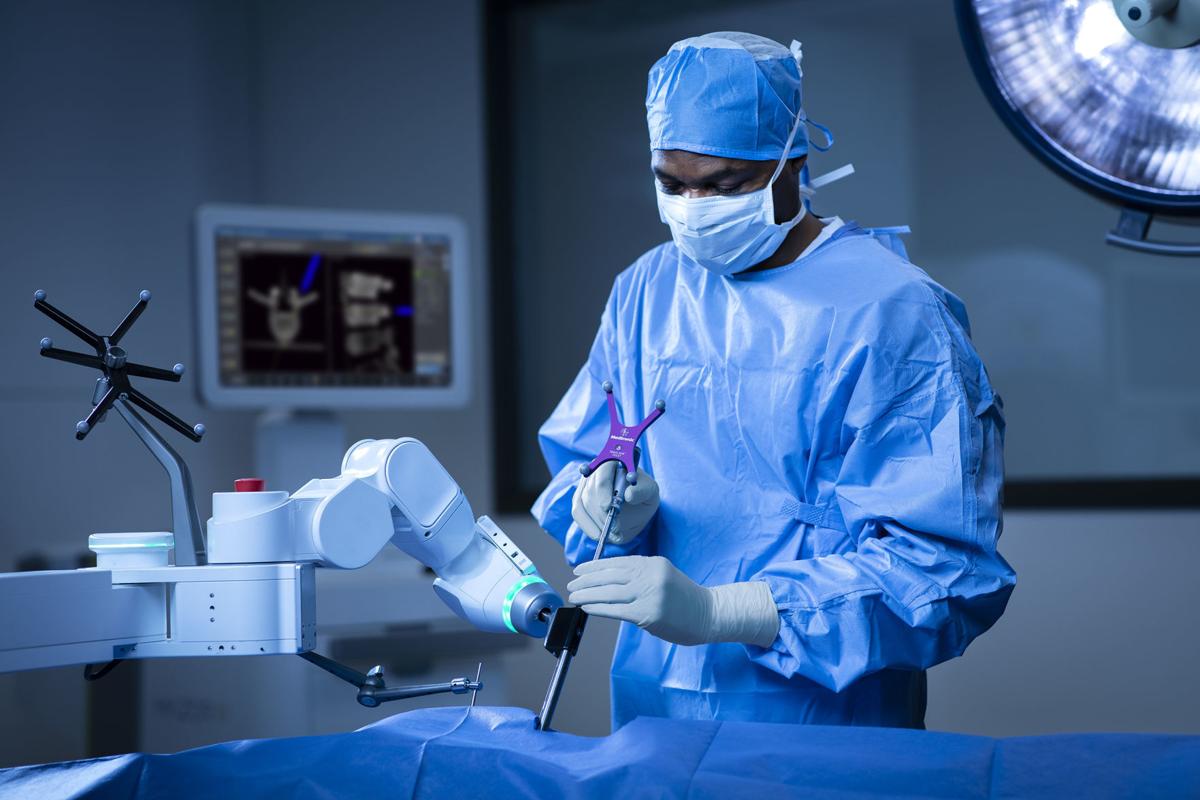To view the full content, login to your account,
or start your 30-day FREE Trial today.
FREE TRIAL
LOGIN
Forgot Password?
Explore some of our unlocked OE Originals below!





 LOGIN
LOGIN


Join the Conversation
Please Login or Join to leave comments.
Orthopaedic Surgeon - Australia
Great summary of the current literature have you looked at the economic costs of robotics and at what cost would robotics be justified for standard practice?
Orthopaedic Surgeon - United States
Great Summary. Hope we gain more RCT studies in the future. Many variables to control. Each robotic assist functions differently. (Haptics or no haptics, CT vs no CT, jig placement vs saw control, saw vs burr, assist vs anonymous ). Each Surgeon then selects TKA style in their own preference (gap balance, kinematic, traditional mechanical alignment). Can systematic review really tell us differences if so much variability? Is it fare to lump think surgical with Mako or Navio or Omni? Are these apples to apples ? Would be like lumping a Boston dynamics robot with Asimo, are they really the same for a comparison? We long for each platform having Individualized randomized prospective evaluation controlling for consistent alignment style, implant style, surgeon volume level versus manual placement to really elucidate non differences.
Orthopaedic Surgeon - United States
Robotics is early and I think there are users of this technology who don’t understand the power of this technology. For instance the number one cause of revision at this time is instability. With the robot u can identify midflexion issues and with the robot you can lower the joint line and at same time balance the flexion gap. If you have a patient that hyperextendis you can then flex the femur. These are just a few tricks that makes the robot option superior over conventional instruments. I have not read the studies referenced but would be interesting to see if robotics were used at its full potential.